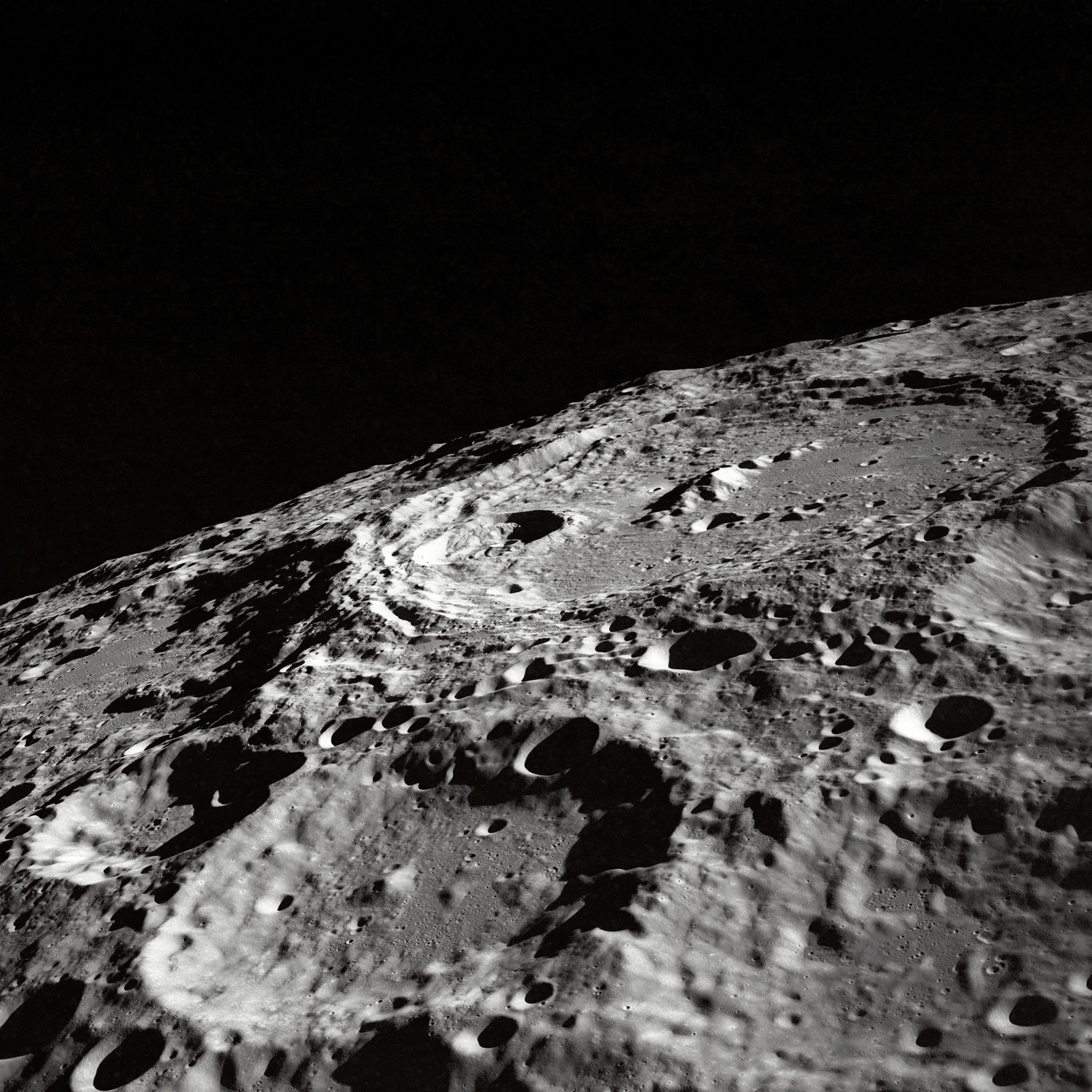“
The Hidden Connection: Biorhythms and Lucid Dreaming
The human brain is a complex network of neurons, electrical impulses, and chemical reactions. It drives our thoughts, emotions, and even our dreams. While we are awake, our brain operates in a state of alertness, processing information from our senses and guiding our actions. But what happens when we sleep? Our brain doesn’t simply shut down during this time; instead, it enters into different stages of sleep, including a phase called REM (Rapid Eye Movement) sleep. During this REM phase, our brain undergoes a unique activity known as dreaming.
Dreams have fascinated humans for centuries, and countless theories have been proposed to explain their purpose and meaning. One intriguing phenomenon related to dreaming is lucid dreaming. In a lucid dream, the dreamer is aware that they are dreaming and can actively participate in the dream, almost like a director in their own virtual reality experience. Biorhythms, which are cyclic patterns of physiological and psychological activity in the human body, play a crucial role in the occurrence of lucid dreams.
Understanding Biorhythms
Biorhythms encompass various rhythmic cycles that affect our physical, emotional, and intellectual well-being. These cycles are believed to be influenced by internal and external factors such as hormones, stress levels, and external stimuli. While there are multiple biorhythm theories, one of the most well-known is the concept of circadian rhythms.
Circadian rhythms refer to the 24-hour cycle that regulates our sleep-wake patterns. This cycle is influenced by the release of hormones like melatonin, which helps regulate our sleep. Our bodies have evolved to follow this internal clock, aligning our sleep patterns with daylight and darkness.
Another biorhythm concept is ultradian rhythms, which are shorter cycles that occur within the span of 24 hours. These cycles govern bodily processes like heart rate variability, hormone secretion, and brain wave activity. Our body goes through multiple ultradian cycles throughout the day, each influencing different aspects of our physiology and psychology.
Biorhythms and Dreams
Dreaming occurs predominantly during the REM phase of sleep, which generally accounts for 20-25% of our total sleep time. During REM sleep, our brain activity resembles that of wakefulness, with high-frequency brain waves and increased neuronal firing. It is during this phase that vivid, emotionally-charged dreams are most likely to occur.
Researchers have found a correlation between biorhythms and the occurrence of dreams. For example, studies have shown that dreaming is typically more prevalent during certain phases of the circadian rhythm, such as early morning hours. The timing and content of dreams can also be influenced by ultradian rhythms, specifically the waxing and waning of certain neurotransmitters and hormones throughout the day.
The Link to Lucid Dreaming
Lucid dreaming, as mentioned earlier, is the ability to consciously recognize and control one’s dreams. It allows dreamers to actively engage with their dream environment, making it a highly desirable skill for many. While lucid dreaming is still an area of ongoing research, biorhythms have shown some interesting connections to this phenomenon.
One study published in the journal Dreaming examined the relationship between biorhythms and lucid dreaming frequency. The researchers found that individuals with higher levels of spontaneous lucid dreaming tended to have more stable circadian rhythms and experienced a higher proportion of REM sleep during early morning hours. This suggests that synchronizing one’s sleep-wake patterns with their circadian rhythm may enhance the likelihood of lucid dreaming.
Another area of study is the impact of hormone fluctuations on lucid dreaming. Hormones, such as acetylcholine, serotonin, and dopamine, play a role in regulating sleep stages and dream activity. Some studies suggest that manipulating these hormone levels may increase the chances of having lucid dreams.
Practical Techniques for Inducing Lucid Dreams
Many techniques and practices have been developed to help individuals have lucid dreams. Several of these techniques involve leveraging biorhythms to enhance the possibility of experiencing a lucid dream:
| Technique | Description |
|---|---|
| Reality Testing | Regularly questioning your reality while awake to increase awareness and promote critical thinking in dreams. |
| Wake-Back-to-Bed (WBTB) | Setting an alarm to wake yourself up after a few hours of sleep, then returning to bed with the intention of having a lucid dream during the REM rebound period. |
| Mnemonic Induction of Lucid Dreams (MILD) | Repeating a specific phrase or visualization before sleep, such as “I will be lucid in my dreams,” to enhance dream recall and induce lucid dreaming. |
| Wake-Initiated Lucid Dream (WILD) | Transitioning from wakefulness directly into a lucid dream state through continuous awareness and relaxation techniques. |
These techniques, along with others, can be used in conjunction with an understanding of biorhythms to increase the chances of experiencing a lucid dream.
Final Thoughts
While the connection between biorhythms and lucid dreaming is still being explored, it is clear that our physiological and psychological cycles have a significant influence on our dream experiences. Understanding these cycles and utilizing them alongside various techniques can provide a pathway to unlocking the fascinating world of lucid dreaming.
Remember, exploring the realm of dreams requires patience, practice, and a willingness to delve into the depths of your own consciousness. So, dare to dream, and who knows what wonders you may discover in your lucid adventures!
“
Table of Contents
